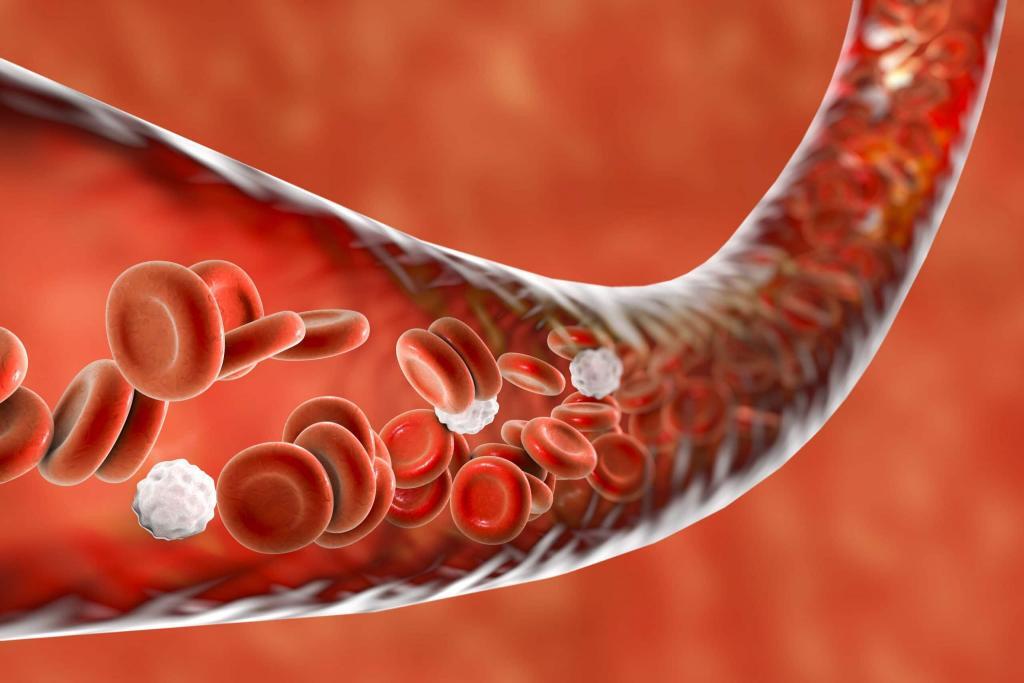
Within the endurance sports world, there are a lot of confusing terms that are thrown around that usually are meant to denote the same thing – anaerobic threshold. Below are the most common terms:
Maximum Lactate Steady State (MLSS)
Onset of Blood Lactate Accumulation (OBLA)
Ventilatory Threshold (VT)
Lactate Threshold (LT)
Aside from the fact that most of these terms denote different things, the core issue is that anaerobic threshold (AT) doesn’t actually exist. Anaerobic threshold is more of a concept than a defined metric. Additionally, the other issue with anaerobic threshold is that due to how the term is used, it is most often viewed as the point at which the body stops using oxygen for energy and ‘switches over’ to using glycogen. This is erroneous as oxygen is always being used, albeit in varying amounts.
The above terms are used to either infer LT/AT and, or denote a point right before or after LT occurs.
Lactate threshold is representative of the level at which blood lactate accumulates in the bloodstream. This occurs when lactate production exceeds lactate clearing.

While there is always lactate being produced, at rest or at low to moderate intensities of exercise, the lactate is “cleared” within the muscle. So what exactly does “cleared” mean and how does this influence LT? In regard to LT, when you see the term “cleared,” think “used for energy.” Lactate is cleared intra-muscularly by oxidizing the lactate and converting it back to pyruvate (oxidative fuel) within the muscle in which lactate was formed.
This clearing method prevents the intra-muscular lactate levels from increasing too fast to the point where lactate levels reach the intra-muscular threshold and spill out into the bloodstream. Therefore, intra-muscular lactate levels can increase substantially (up to five times resting levels) without any increase in blood lactate levels. However, when the intra-muscular lactate threshold is breached, some lactate exits the muscle and enters the circulatory system and thus increases blood lactate levels. This is representative of the lactate threshold.
Once blood lactate enters the circulatory system, it is shuttled to areas of the body that can use it for fuel (i.e., brain, heart, other skeletal muscle). Blood lactate that is not utilized is sent to the liver.
The process by which lactate moves intra-muscularly and throughout the circulatory system is termed the lactate shuttle.
As lactate can be added and removed from the blood, the amount of blood lactate at any given point is representative of blood lactate accumulation, not production.

An analogy to LT would be to equate a muscle fiber to a drinking glass, the water within the glass to lactate, and any area outside the glass to the circulatory system. Levels of water (i.e., lactate) can increase and decrease, but so long as the levels do not breach the top of the glass (i.e., lactate threshold), blood lactate levels will not increase.
However, once the water spills over the top of the glass, the blood lactate levels increase as there is an increase in lactate within the circulatory system.
So there you have it, lactate threshold explained! We’ll discuss how to use LT as a training benchmark in a future post… stay tuned!
Learn more about UESCA Online Running Coach Certification and to get a code for $50 off.










